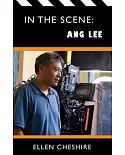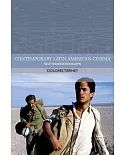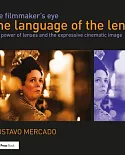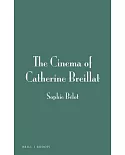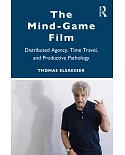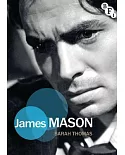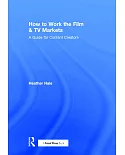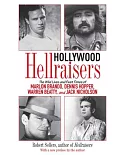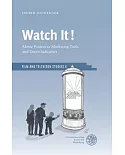American filmmakers appropriate the 'look' of horror in Holocaust films and often use Nazis and Holocaust imagery to explain evil in the world. In this book, the authors challenge this classic
horror frame, the narrative and visual borders used to demarcate monsters and the monstrous. After examining the way in which directors and producers of the most influential American Holocaust
movies default to this Gothic frame, they propose that multiple frames are needed to account for evil and genocide. Using Schindler's List, The Silence of the Lambs, and Apt Pupil as case
studies, the authors provide substantive and critical analyses of these films that transcend the classic horror interpretation. For example, Schindler's List, has the appearance of a historical
docudrama but actually employs the visual rhetoric and narrative devices of the Hollywood horror film. The authors argue that evil has a face: Nazism, which is configured as quintessentially
innate, and supernaturally crafty. The text is augmented bythirty-six film and publicity stills, also explores the commercial exploitation of suffering in film and offers constructive ways of
critically evaluating this exploitation. The authors suggest that audiences will recognize their participation in much larger narrative formulas that place a premium on monstrosity and elide
the role of modernity in depriving millions of their lives and dignity, often framing the suffering of others in a manner that allows for merely 'documentary' enjoyment.



